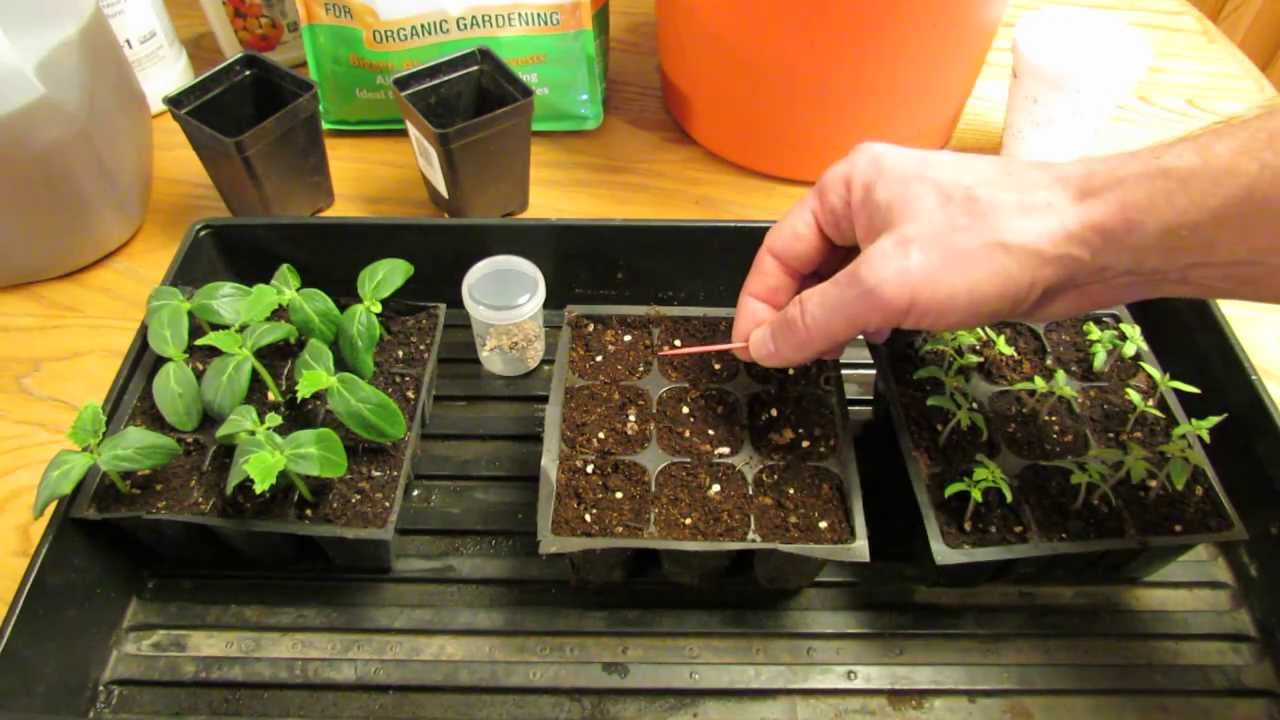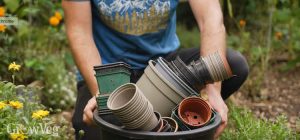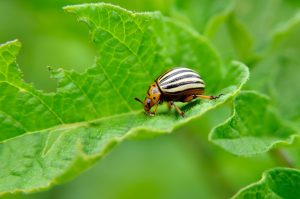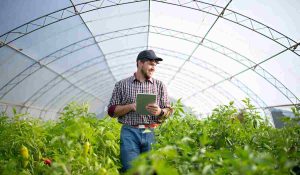Start tomato seeds indoors 6-8 weeks before the last expected frost date. Use seed trays with quality potting mix.
Growing tomatoes from seeds indoors offers a great start for a successful harvest. Early indoor planting ensures strong seedlings ready for transplanting. Choose a well-lit area or use grow lights to provide sufficient light. Maintain a temperature of 70-75°F for optimal germination.
Water the seeds gently to keep the soil moist but not waterlogged. Thin the seedlings once they develop true leaves to give them space to grow. Gradually acclimate the seedlings to outdoor conditions before transplanting them into your garden. Starting tomato seeds indoors not only extends your growing season but also allows you to select unique varieties.
Choosing The Right Tomato Varieties
Choosing the right tomato varieties is essential for a successful harvest. Different varieties offer unique flavors, growth habits, and disease resistance. Understanding these differences helps you select the best tomatoes for your needs.
Heirloom Vs Hybrid
Heirloom tomatoes are open-pollinated varieties passed down through generations. They are known for their rich flavors and diverse colors. Heirlooms are often more susceptible to diseases, but their taste is unmatched.
Hybrid tomatoes are bred for specific traits, like disease resistance and higher yields. They may lack the depth of flavor found in heirlooms but are easier to grow. Hybrids are a good choice for beginners and those looking for reliable crops.
| Type | Advantages | Disadvantages |
|---|---|---|
| Heirloom | Rich flavor, unique colors | Less disease resistance |
| Hybrid | High yield, disease resistant | Less flavorful |
Determinate Vs Indeterminate
Determinate tomatoes grow to a fixed size and produce fruit all at once. They are great for canning and small spaces. These varieties require less staking and pruning.
Indeterminate tomatoes continue to grow and produce fruit throughout the season. They require more support and care but offer a continuous harvest. Indeterminate types are ideal for fresh eating over a longer period.
- Determinate: Fixed size, single harvest, less maintenance
- Indeterminate: Continuous growth, multiple harvests, more care
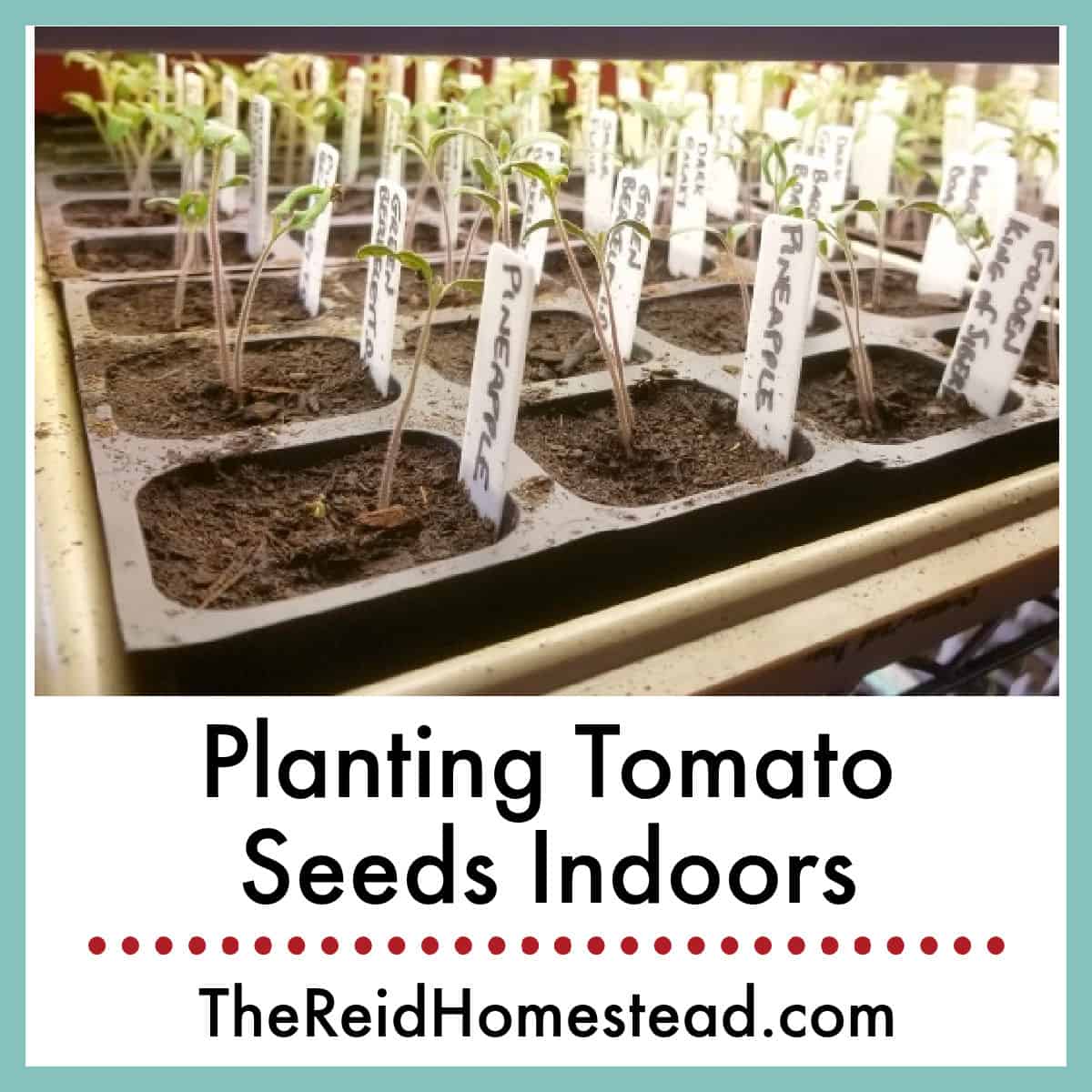
Credit: thereidhomestead.com
Gathering Necessary Supplies
Starting tomato seeds indoors is a fun and rewarding activity. To get started, you need a few essential supplies. These supplies will help your seeds grow into strong, healthy plants. Let’s dive into what you need.
Seed Starting Trays
Seed starting trays are the first thing you need. These trays hold your seeds as they sprout. They usually have small cells where you plant each seed.
Some trays come with a plastic cover. This cover keeps the moisture in. It creates a perfect environment for the seeds to germinate.
Here are some benefits of using seed starting trays:
- Keeps seeds organized
- Easy to move around
- Helps control moisture levels
Quality Potting Mix
The next essential item is quality potting mix. This mix provides nutrients for your seeds. It is different from garden soil. Potting mix is lighter and drains better.
Make sure the potting mix is sterile. This prevents diseases from harming your seedlings. You can buy potting mix from garden stores.
When choosing a potting mix, look for these features:
- Good drainage
- Rich in nutrients
- Light and fluffy texture
With these supplies, you are ready to start your tomato seeds indoors. Happy planting.
Timing Your Seed Starting
Knowing when to start your tomato seeds indoors can be tricky. Timing is crucial for a successful harvest. Starting too early or too late can affect your plants’ health and yield. Here, we break down the best months and factors affecting the timing of your seed starting.
Best Months To Start
The best time to start tomato seeds indoors varies by region. Generally, start seeds 6-8 weeks before the last frost date. This period allows the seedlings to grow strong before transplanting. Use the table below to find the best months for your area:
| Region | Best Months |
|---|---|
| Southern US | January – February |
| Midwestern US | March – April |
| Northeastern US | March – April |
| Western US | February – March |
Factors Affecting Timing
Several factors influence the timing of starting tomato seeds. Here are some key points:
- Last Frost Date: Knowing your region’s last frost date is essential. Plan to start seeds 6-8 weeks before this date.
- Indoor Conditions: Ensure your indoor environment is suitable. Tomato seeds need warmth and light to germinate well.
- Variety of Tomato: Different tomato varieties have different growing times. Check seed packets for specific instructions.
- Transplanting Plan: Have a clear plan for transplanting seedlings. They should be moved outdoors when the soil is warm.
By understanding these factors, you can choose the best time to start your tomato seeds indoors. This ensures healthy plants and a bountiful harvest.
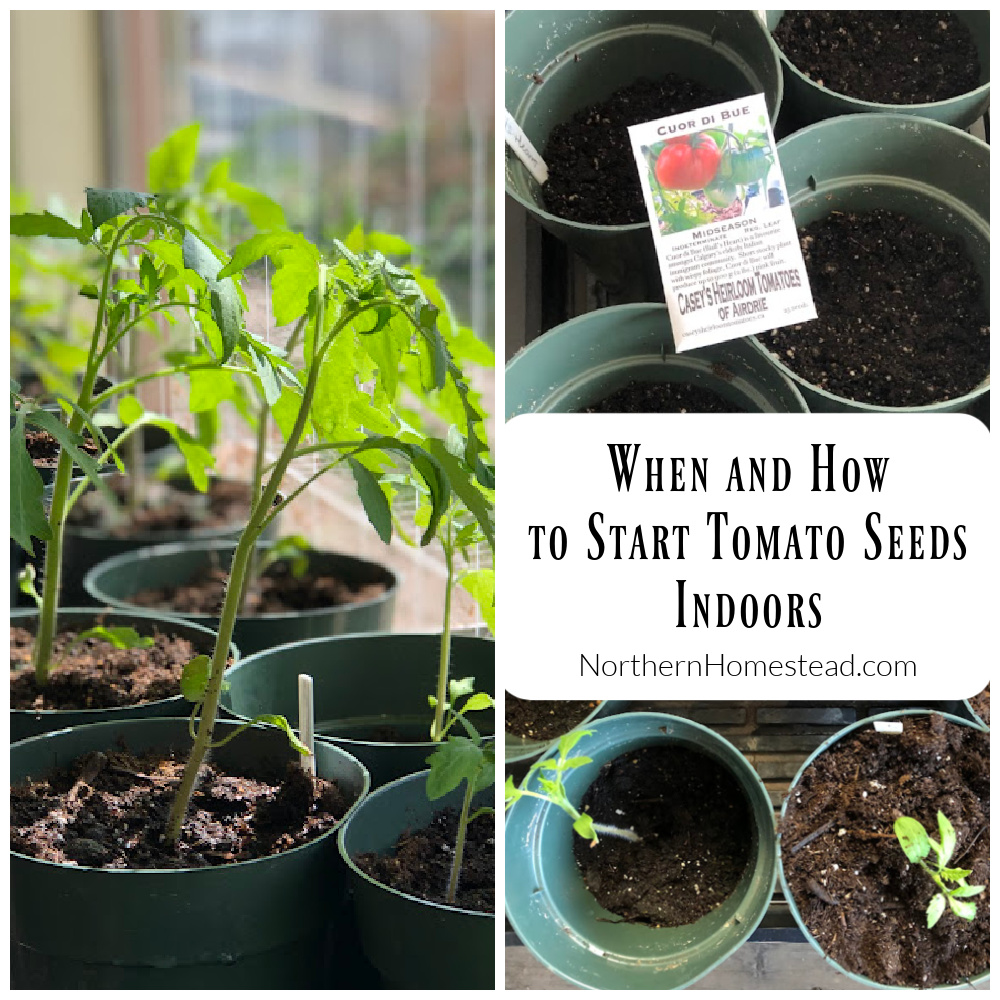
Credit: northernhomestead.com
Preparing The Seeds
Preparing tomato seeds for indoor planting is a crucial step. It ensures healthy seedlings and a bountiful harvest. This section will guide you through various seed treatment options. It will also explain the benefits of soaking seeds before planting.
Seed Treatment Options
Treating your tomato seeds can prevent diseases and improve germination rates. Here are some popular seed treatment methods:
- Hot Water Treatment: Soak seeds in hot water (120°F) for 20 minutes. This kills any fungal spores on the seeds.
- Bleach Solution: Mix one part bleach with nine parts water. Soak the seeds for 10 minutes. Rinse thoroughly before planting.
- Hydrogen Peroxide: Soak seeds in a 3% hydrogen peroxide solution for 5 minutes. Rinse well before planting.
Soaking Seeds
Soaking tomato seeds before planting can speed up germination. Here’s how to do it:
- Fill a small bowl with warm water (about 75°F).
- Place the seeds in the water. Let them soak for 12 hours.
- Drain the seeds and spread them on a paper towel to dry.
- Once dry, the seeds are ready for planting.
Soaking seeds can help break down the seed coat. This allows the seed to sprout more easily. Make sure not to soak them for too long. Over-soaking can cause seeds to rot.
Planting The Seeds
Starting tomato seeds indoors is fun and rewarding. It ensures a healthy start for your plants. You can control the environment and give your seeds the best chance to grow strong. Let’s dive into the details of planting the seeds.
Depth And Spacing
Tomato seeds need the right depth and spacing to grow well. Plant the seeds about 1/4 inch deep. Use your finger or a small tool to make the holes. Place the seeds in the holes and cover them lightly with soil.
Space each seed about 1 inch apart. This gives them room to grow. If you use a seed tray, make sure each cell has one seed. Proper spacing helps avoid overcrowding and ensures healthy growth.
Labeling Trays
Labeling your seed trays is very important. It helps you know which seeds are which. Use small labels or sticks to mark each tray or cell. Write the type of tomato and the date you planted the seeds.
You can use a simple table to keep track of your seeds:
| Tomato Variety | Planting Date |
|---|---|
| Cherry Tomato | March 1 |
| Beefsteak Tomato | March 3 |
This way, you can easily monitor the growth of each variety. Keeping records helps in future planting and ensures you have a successful garden.
Providing Optimal Conditions
Tomato seeds need special care to grow well indoors. Providing optimal conditions is key. Here’s how to ensure your tomato seeds thrive.
Light Requirements
Tomato seedlings need plenty of light. Place them near a south-facing window. If sunlight is limited, use grow lights. Position the grow lights 2-3 inches above the plants. Adjust the height as the plants grow. Aim for 14-16 hours of light each day. This ensures strong, healthy plants.
Temperature Control
Tomato seeds need warm soil to sprout. Keep the soil temperature between 70-80°F. Use a heat mat if needed. Monitor the room temperature as well. Ideal air temperature ranges from 65-75°F during the day. At night, it should be around 60-65°F. Consistent temperatures help seeds germinate better. Avoid placing the seedlings in drafty areas.
| Condition | Requirement |
|---|---|
| Light | 14-16 hours per day |
| Soil Temperature | 70-80°F |
| Day Air Temperature | 65-75°F |
| Night Air Temperature | 60-65°F |
Caring For Seedlings
Once your tomato seeds sprout, they need special care. Ensuring healthy growth at this stage is crucial. Follow these steps to maintain strong and vibrant seedlings.
Watering Tips
Watering is essential for your seedlings’ health. Use a spray bottle to mist the soil. This prevents over-watering. Keep the soil moist, not soggy. Check the soil daily. If it feels dry, mist it lightly.
Place a tray under the seedling containers. This helps catch excess water. It also provides bottom watering. Pour water into the tray. The soil will absorb it. Remove any standing water after 30 minutes.
Fertilizing Seedlings
Fertilize your seedlings for strong growth. Start when they have two sets of true leaves. Use a weak, water-soluble fertilizer. Dilute it to half strength. Apply the fertilizer every two weeks.
Here’s a simple fertilizing schedule:
| Week | Fertilizer Strength |
|---|---|
| 1-2 | No fertilizer |
| 3-4 | Half strength |
| 5+ | Full strength |
Always water the seedlings before fertilizing. This prevents root burn. Keep the soil moist and nutrient-rich for the best results.
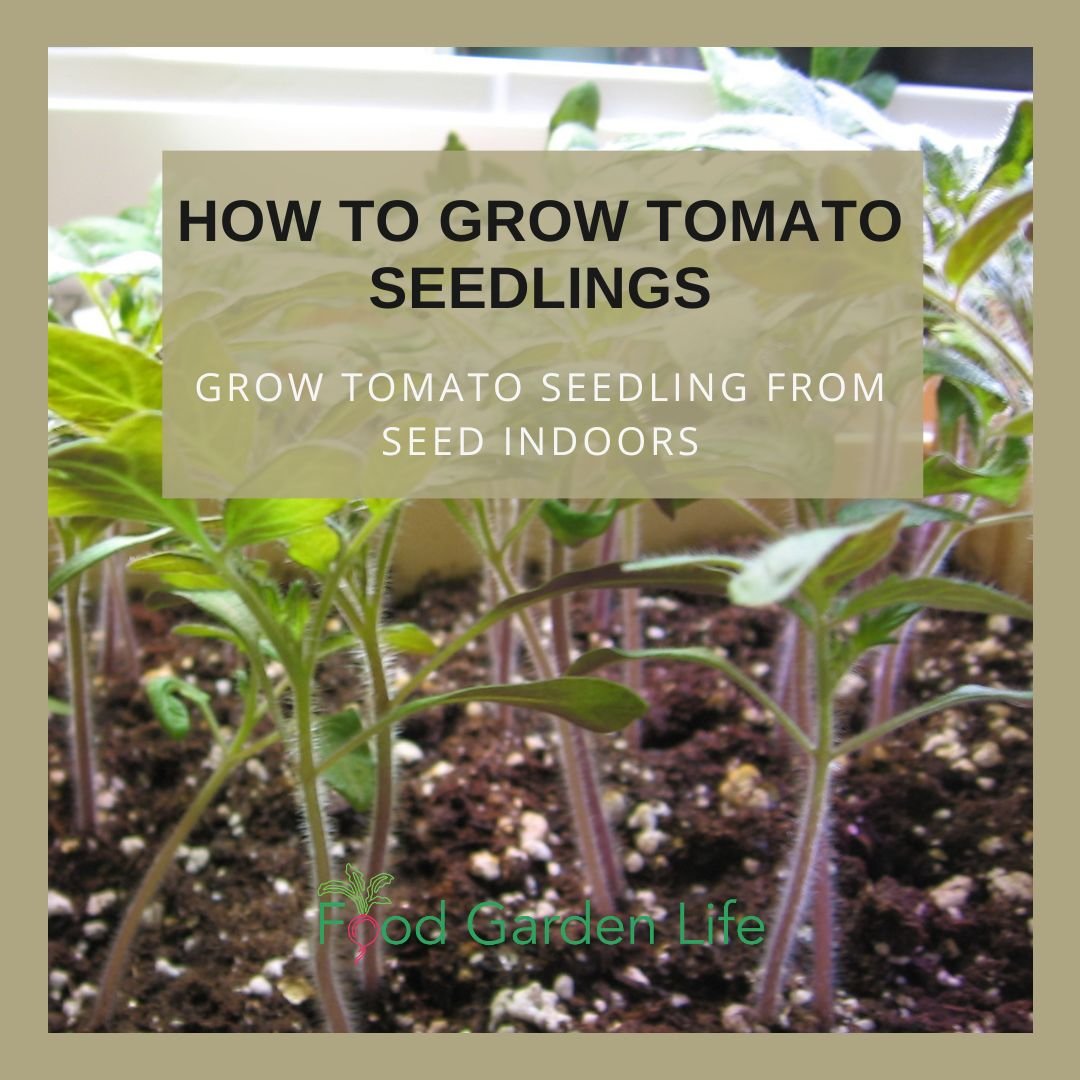
Credit: www.foodgardenlife.com
Transplanting Outdoors
Transplanting tomato seedlings outdoors is a crucial step. Your plants need the right care to thrive. Follow these steps to ensure a successful transition.
Hardening Off Process
Hardening off is essential for healthy tomato plants. It helps them adjust to outdoor conditions. Start the process about two weeks before transplanting.
- Place seedlings outside in a shaded area.
- Leave them for a few hours each day.
- Gradually increase the time spent outdoors.
- Move seedlings to a sunnier spot each day.
- Bring them inside at night, especially if it’s cold.
Repeat this process until seedlings can stay outside all day and night.
Choosing The Right Location
Selecting the right location is key. Tomato plants need full sun to grow well. Choose a spot that gets at least 6-8 hours of sunlight daily.
| Factor | Details |
|---|---|
| Sunlight | 6-8 hours daily |
| Soil | Well-drained, rich in organic matter |
| Spacing | 18-24 inches apart |
Ensure the soil is well-drained and rich in organic matter. Space the plants 18-24 inches apart. This spacing helps them grow without competition.
By following these steps, your tomato plants will thrive. Happy gardening!
Frequently Asked Questions
What Month Do You Start Tomato Seeds Indoors?
Start tomato seeds indoors 6-8 weeks before the last expected frost date. Typically, this is in late February or March.
What Is The Best Way To Start Tomato Seeds?
Start tomato seeds indoors 6-8 weeks before the last frost. Use seed trays with quality potting mix. Keep soil moist and provide 12-16 hours of light daily. Maintain a temperature of 70-75°F for optimal germination. Transplant seedlings outdoors after the last frost.
Do You Soak Tomato Seeds Before Planting?
Yes, soaking tomato seeds for 12-24 hours can enhance germination. Use warm water for better results.
When Should You Germinate Tomato Seeds?
Germinate tomato seeds 6-8 weeks before the last expected frost date. Use seed-starting mix and keep soil warm.
Conclusion
Starting tomato seeds indoors is a rewarding process. It ensures healthy plants and a bountiful harvest. Follow the outlined steps to achieve the best results. Pay attention to timing, light, and moisture for optimal growth. With proper care, your garden will thrive, providing delicious, homegrown tomatoes all season long.

